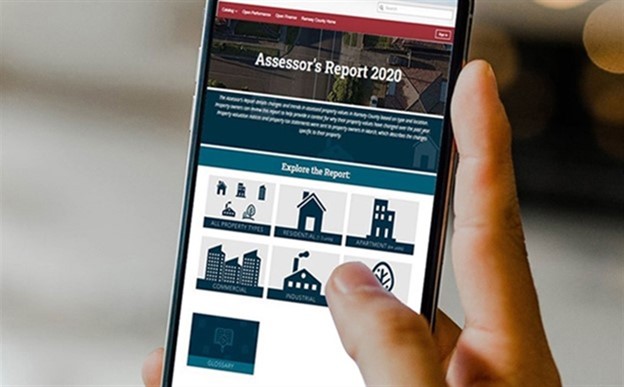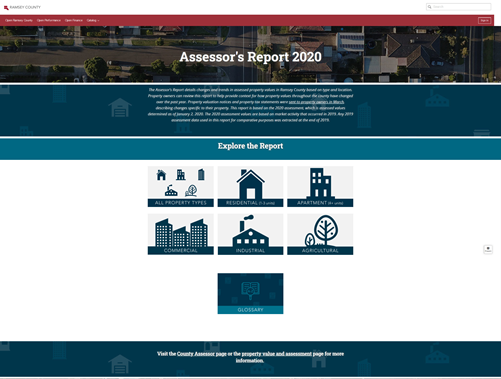
Today’s Buzz is by Meredith Trimble, Content Manager, Editorial, with Tyler Technologies, Inc., and former Acting Chair, Farmington, CT Town Council (Twitter, LinkedIn)
What I’m reading: Tweets by @TKleykamp, Director of @StateCDONetwork; always on-point and apply to any level of government
What I’m eating: There is this amazing creation that is a combination croissant and muffin: the “cruffin.” Try one!
What I’m celebrating: My 12-year old got vaccinated – only one more family member to go!
As someone with inside experience in municipal government, it’s hard to know what average residents think about all the different and intricate operations that make towns, cities, and counties run. In my town, staff and officials often joke that we are in our own echo chamber when we talk nuanced but necessary government functions. If there are no issues involving an otherwise quiet department, do residents even know it exists? Yet these essential back-office activities are the ones that truly make communities functional, livable places. One office that I believe is an unsung hero of local government operations is the assessor’s office.
ELGL member Kristine Grill, open data coordinator for Ramsey County, Minnesota, gave me permission to share her creative work in marrying open data with the assessor report. Her story is both interesting and instructive, in that big impacts can come from creative thoughts in small offices.
Equitable Valuations
As we understand, assessor’s offices exist to provide fair and equitable property valuations for a jurisdiction. While these offices and processes remain largely behind the scenes, the notion of equitable assessments and taxation has significant ramifications for counties and the residents therein. There is a weighty nuance to achieving truly equitable valuation.
For assessments to be fair, the data used in calculations must be accurate. “The foundation of an equitable valuation process is the assessor’s ability to create consistency around how each property is treated,” noted Grill, in this related American City & County article. “The accuracy of data used for assessments is critical, as is its transparency.”
Grill’s innovation was extending the county’s guiding practice — that any dataset available on its open data portal must include a data story — to assessor reports. While these reports contain significant valuable data, they typically come in the form of dense PDFs that are difficult to navigate and understand. Grill’s work along with Ramsey County Assessor, Luis Rosario, demystified tax data and newly empowered residents through the power of storytelling.
Demystifying Data
In order to simplify public access to property tax information, Rosario enhanced access to the annual assessment report via the county’s open data site. Rosario, quoted in Grill’s article, explains, “Picture the scenario where an appraiser is visiting with a property owner with questions about changes in their home’s value. With our report in our open data portal, we can pull up their neighborhood data on a map to review median values, compare trends, and explain more of our process in real time. We can provide faster service this way, which is highly efficient for us, too.”
This improved access to information benefits stakeholders beyond residents, including decision-makers and other government staff. Residents find the information useful when exploring their options to appeal assessments. Community and economic development staff can use the data to review assessment changes over time and respond to trends.

Storytelling and Self-Service
There are scalable lessons in this story. Ramsey County serves as an exciting example for assessor offices fielding volumes of information requests from residents as well as title companies and real estate agencies. The open data platform not only provides immediate access to commonly requested information, but its interactive nature also facilitates self-service. “More than 5,000 viewers have visited the dashboard’s landing page since its inception,” wrote Grill.
The dynamic web pages offer maps and interactive datasets for assessor information, contextualized by step-by-step narratives that mirror the county’s story approach for other areas, including voter turnout, homelessness response, and even the county’s deer population.
“Our new guiding practice in Ramsey County is that any dataset available on the portal must include a data story,” wrote Grill. “As we’re mastering storytelling, we’re moving from data points to holistic pictures, a practice that will ultimately help us create more informed constituencies, boost policy buy-in, and improve faith in county staff and officials.”
County ROI
Grill’s piece also notes the positive return on investment for the county. “On the public service end, residents are empowered with clear explanations and context for what is going on in the county and with their property. We’ve expanded our audience and our reach, which is a huge win for transparency and education. For staff, employees no longer answer the same questions repeatedly, and the county will realize thousands of dollars in time savings.”
Applying innovations and creatively leveraging existing technology to all reaches of government operations holds significant promise for staff as well as constituents.
